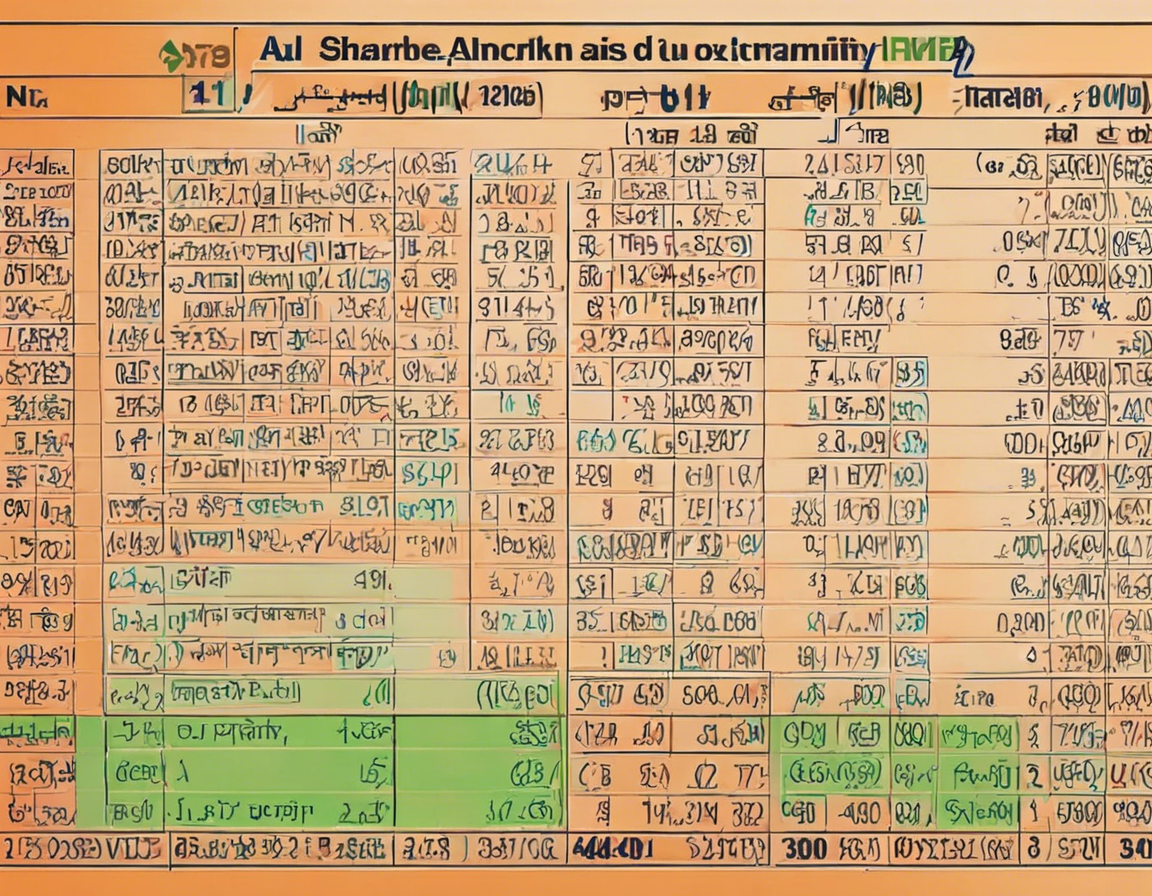Atul Limited, a leading Indian chemical company, has been a prominent player in the market in terms of its share price trends. As with any investment, it is crucial for investors to conduct a thorough analysis of the company’s share price trends to make informed decisions. In this blog post, we will delve into the factors affecting Atul’s share prices, the methods for analyzing them, and the potential indicators to look out for when assessing the company’s stock performance.
Factors Affecting Atul’s Share Prices
Several internal and external factors can influence Atul’s share prices. Internal factors include the company’s financial performance, earnings reports, management changes, and new product launches. External factors encompass market conditions, industry trends, regulatory changes, economic indicators, and geopolitical events. Understanding these dynamics is essential for predicting Atul’s stock movements accurately.
Methods for Analyzing Share Price Trends
1. Fundamental Analysis
Fundamental analysis involves evaluating a company’s financial health by examining its revenue, earnings, profitability, growth potential, and competitive position. Investors can use financial ratios such as Price-to-Earnings (P/E), Price-to-Book (P/B), and Debt-to-Equity (D/E) ratios to assess Atul’s valuation compared to its peers and industry averages.
2. Technical Analysis
Technical analysis focuses on analyzing historical price and volume data to forecast future price movements. Traders use tools like moving averages, relative strength index (RSI), and Bollinger Bands to identify trends, support and resistance levels, and entry/exit points for trading Atul’s shares.
3. Sentiment Analysis
Sentiment analysis involves gauging market sentiment towards Atul through methods like social media monitoring, news sentiment analysis, and surveys. Positive sentiment can drive share prices higher, while negative sentiment can lead to a downturn.
Potential Indicators for Analyzing Atul’s Stock Performance
1. Earnings Reports
Atul’s quarterly and annual earnings reports provide insights into the company’s financial performance, revenue growth, profit margins, and future guidance. Positive earnings surprises often lead to a surge in share prices.
2. Macroeconomic Indicators
Monitoring key economic indicators such as GDP growth, inflation rates, interest rates, and currency movements can help investors anticipate how Atul’s business may be impacted by broader economic trends.
3. Industry Trends
Analyzing trends in the chemical industry, such as demand for specialty chemicals, input costs, regulatory changes, and technological advancements, can offer valuable context for evaluating Atul’s competitive position and growth prospects.
4. Insider Trading Activity
Tracking insider buying or selling of Atul’s shares can provide clues about management’s confidence in the company’s future prospects. Significant insider transactions may signal bullish or bearish sentiments.
Frequently Asked Questions (FAQs)
1. How can I evaluate Atul’s share price performance relative to its competitors?
You can compare Atul’s financial ratios, stock performance, and market valuation with its industry peers to assess its relative strength and position in the market.
2. What role do market analysts’ recommendations play in analyzing Atul’s share prices?
Market analysts’ recommendations can provide valuable insights into Atul’s stock performance, target prices, and growth potential. However, investors should conduct their research and not rely solely on analyst opinions.
3. How do geopolitical events impact Atul’s share prices?
Geopolitical events like trade wars, political instability, and regulatory changes can affect Atul’s operations, supply chain, and market demand, consequently influencing its stock prices.
4. What are the key considerations for long-term investors analyzing Atul’s share price trends?
Long-term investors should focus on Atul’s business fundamentals, competitive advantages, growth prospects, and sustainability initiatives to make informed investment decisions aligned with their financial goals.
5. How can technical analysis tools help predict Atul’s future stock movements?
Technical analysis tools like moving averages, support/resistance levels, and momentum indicators can help traders identify trends, potential entry/exit points, and price targets based on historical price patterns and market dynamics.
In conclusion, analyzing Atul’s share price trends requires a comprehensive understanding of the company’s fundamentals, industry dynamics, and market sentiment. By employing a combination of fundamental, technical, and sentiment analysis methods, investors can make well-informed decisions regarding Atul’s stock performance and potential investment opportunities.
